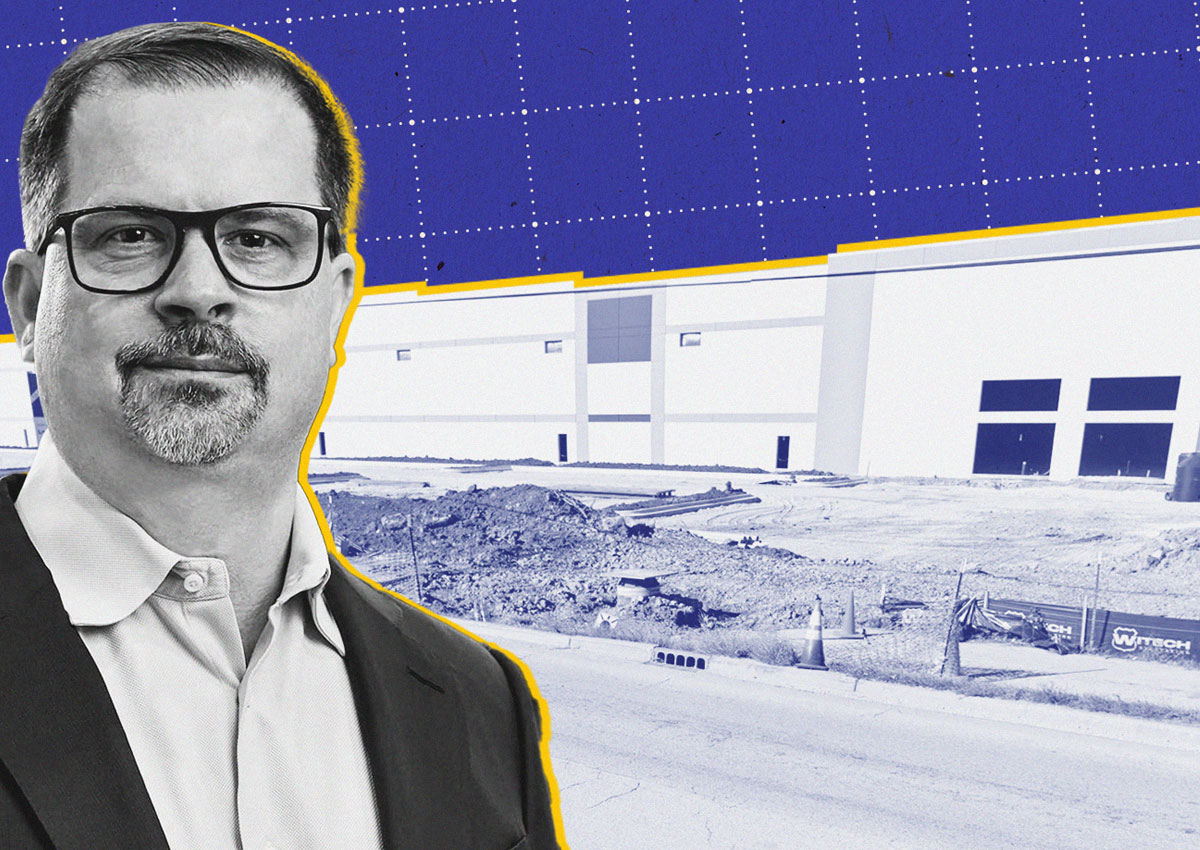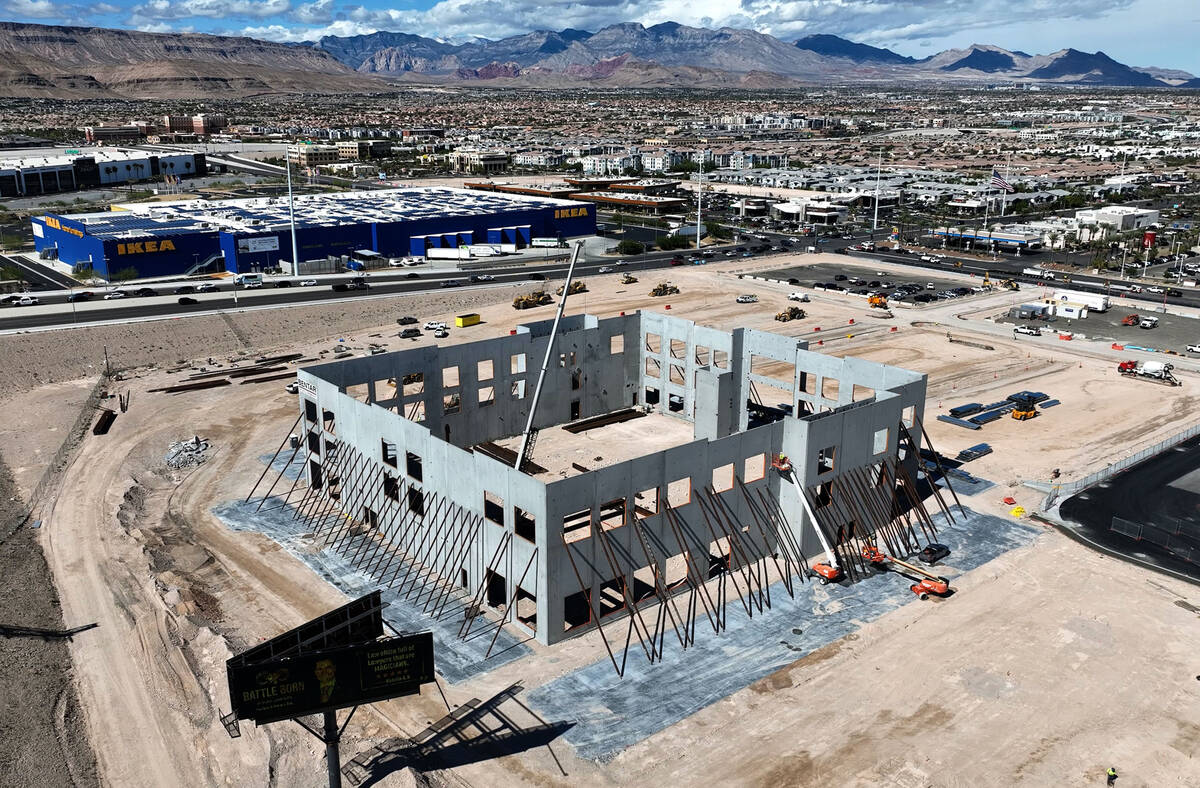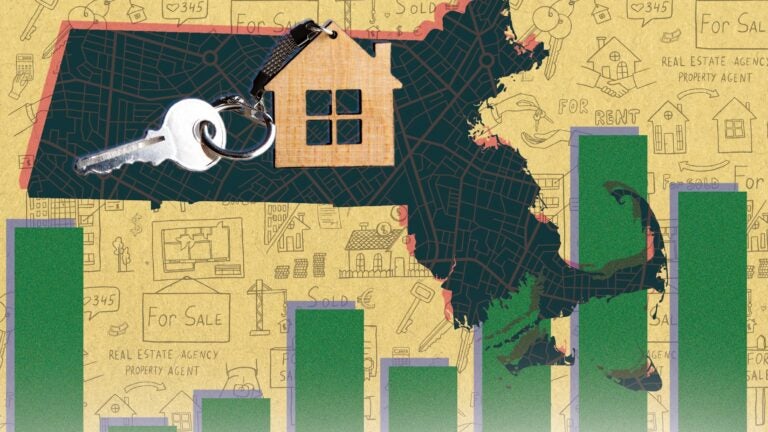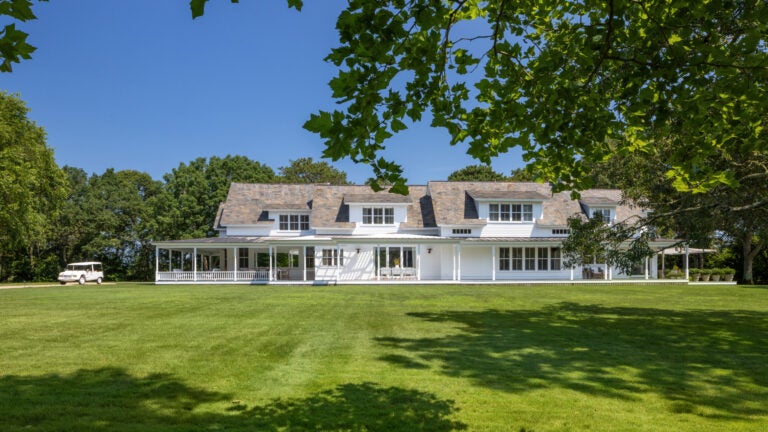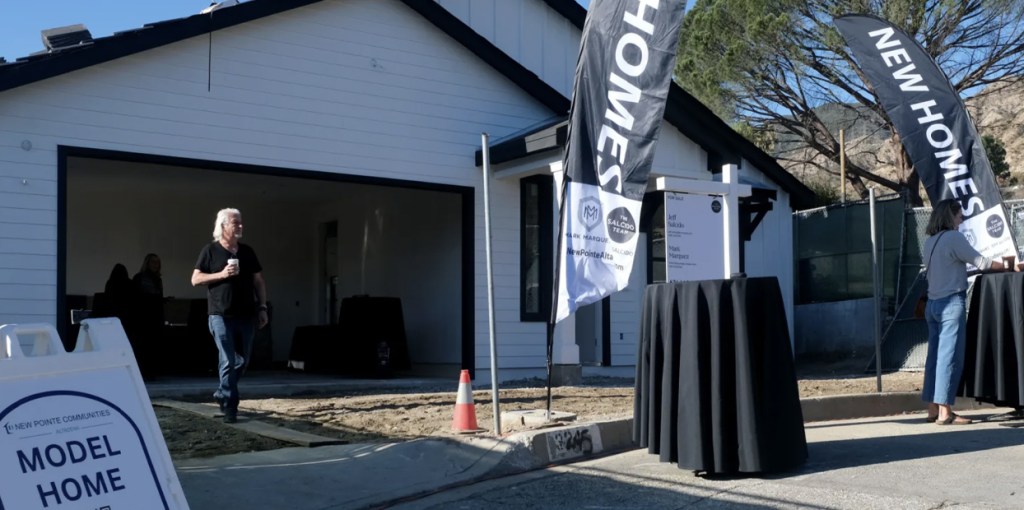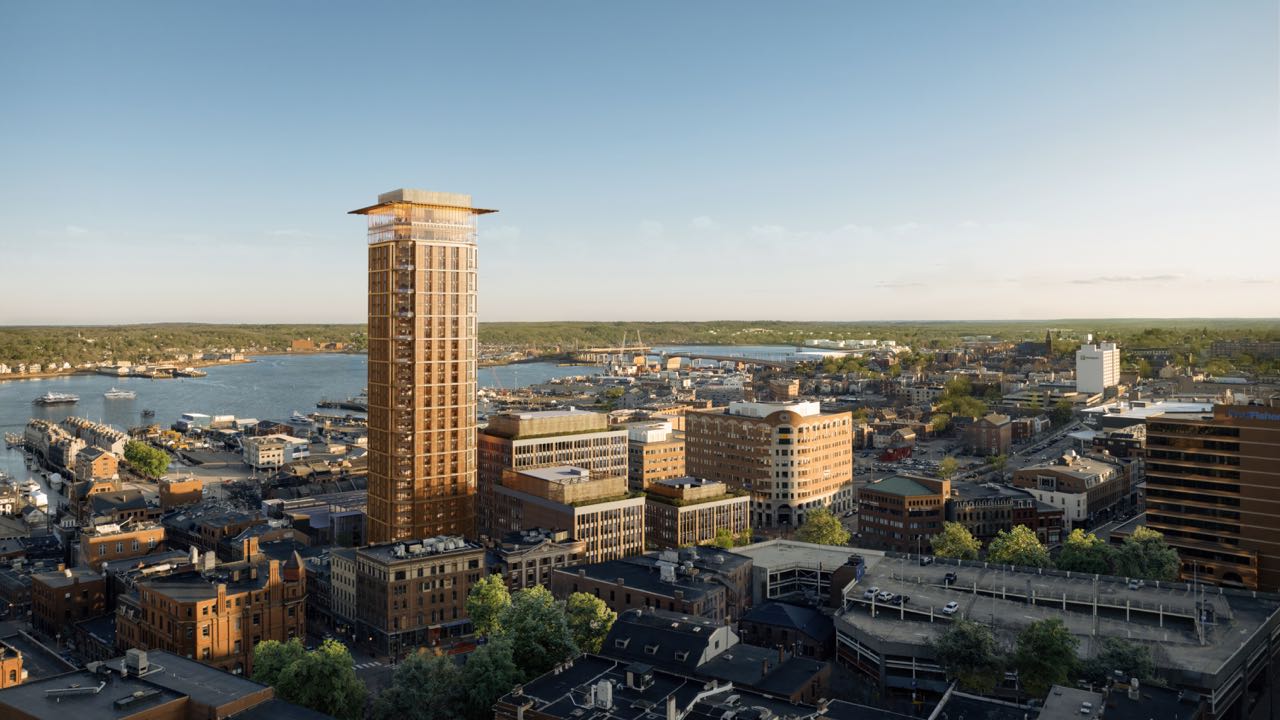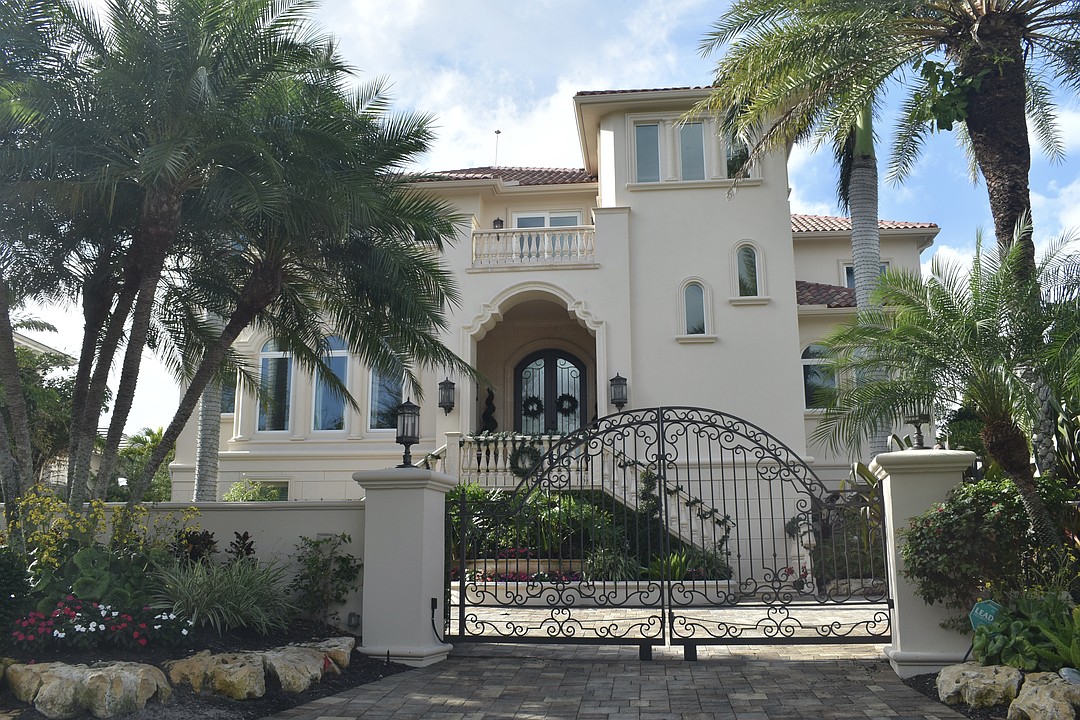C
hicago's industrial real estate occupancy saw a slight increase in the third quarter, with the vacancy rate dropping to 6.8 percent, a decrease of 170 basis points from the previous quarter. This marks the first quarterly decline in over two years, according to Savills. Although still elevated compared to past years, Chicago's vacancy rate is now below the national industrial average of 7.4 percent.
However, year-over-year comparisons paint a more challenging picture for the city. Net absorption, a measure of demand, declined slightly from last year, and deliveries slowed along with the construction pipeline. Developers are being cautious, waiting to see how lower interest rates will impact future investment activity.
Construction starts increased for the second consecutive quarter to 13.6 million square feet, but this pace is still well below the 28.2 million square feet under development at the same time last year. Leasing and sales activity also slowed during the quarter due to companies waiting for an expected interest rate cut and uncertainty ahead of the November election.
The largest non-renewal lease was RJW Logistics' commitment to a 640,000-square-foot building in Joliet, while Brennan Investment Group bought the Yorkbrook Business Park in Lombard from Investcorp for $76 million. Speculative construction projects have largely come to a halt, despite overall activity beginning to recover.
Asking rents increased 0.9 percent compared to last year and now average $7.60 per square foot. Landlords are reportedly offering significant concessions for new leases and favoring turnkey agreements over tenant improvement allowances.
